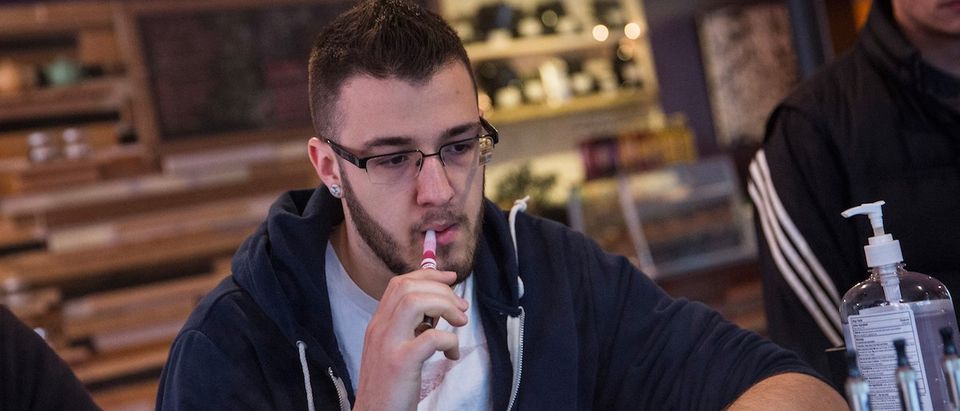Technology moves quickly and its impact can be far-reaching. A decade ago, how many of us could have predicted drones, self-driving cars, or even the iPhone?
Regulation of new products and categories doesn’t move as fast. Certainly, we need rules around emerging tech-driven categories to ensure safety and quality for customers, as well as a healthily competitive market. But the regulatory bureaucracy dates back to the industrial revolution. That was a time of much upheaval in its day, but one that seems quaint in the era of automatic software updates and Moore’s Law. When it comes to innovation – the very soul of most tech-driven industries – the regulatory process can get in the way.
The tension between innovation and regulation is why founders of tech-driven companies like mine wonder about the cost of regulation – both in dollars and in delays — in an age of accelerated technology change. With too few rules, we risk harming customers or even our business. Yet overregulation – or an overly deliberate approach to governing new industries — can stifle the pace of positive transformation. How can we hit a happy medium between bureaucratic overreach and a free-for-all?
Maybe the answer to the innovation-regulation gap lies in the very technology that the government seek to manage. The evolution of self-driving cars offers insight here. Autonomous driving is an innovation that has the potential to save tens of thousands of lives. Yet Elon Musk’s Tesla has met significant competitive and regulatory roadblocks that will inevitably delay the maturation of this game-changing technology.
In a clever move, Tesla has opted for a workaround that suggests another way to handle fast-changing technologies. That would be a hybrid approach to regulation, a compromise between too much regulation and a Wild West of new products. In a preemptive market disruption, it added a software update offering limited autonomous driving capabilities to current Tesla models already on the market. While other companies work in secret to reach full driving automation, Tesla has updated its new feature and improved it based on data and feedback since it launched in October. It is able to cull data from its entire consumer base of autopilot enabled cars, allowing for quality assurance on a massive scale, and leapfrogging similar tests behind closed doors that would surely delay the release of its products to market.
Compared to rival Google’s estimate of consumer-ready self-driving cars by 2020, Musk believes Tesla’s incremental status updates could result in fully automated cars in just two years. And while at that point regulation may delay release by a year or more, Tesla has a plan to fast-track that process, too. Described as a “shadow mode,” the eventual self-driving software will run in the background of owned Teslas before their release, powerless, while it learns from a wide variety of human drivers. This means massive data collection made possible only by leveraging cars already on the road.
Legitimate workarounds that use innovative technology as in Tesla’s case show how we might be both creative and collaborative to prevent both delays that slow progress, or the kind of overregulation that stifles it. But it takes a commitment on both sides, and an enlightened approach by federal regulators.
Electronic cigarettes are an example of a disruptive technology that threatens another longstanding industry – that of old-fashioned, tobacco-filled combustible cigarettes. E-cigs and vapor products cannot flourish without federal regulations for quality and safety, yet some of the proposed rules threaten to limit the e-cigarette market to those companies who can afford costly testing and certification for multiple SKUs, who are – you guessed it – the Big Tobacco brands. That’s why we pioneered a truly transparent quality-control process for our category, allowing regulators and even our customers to access specific batch-test records for every e-liquid product we ship. For a new, rapidly innovating technology-driven category, this kind of self-regulation adapts dynamically to changing markets while ensuring the quality and safety of production. We can only hope that the federal decision-makers take an appropriately informed approach to our category and appreciate its potential for harm reduction.
Both from self-driving cars to vaporizers, the pace of progress shows how urgently we need to balance the benefits of innovation with the need for rules. In our category, as in many others, there is a significant opportunity cost if technology-driven businesses cannot collaborate with federal and state regulators to create responsible, timely, and appropriate regulation of emerging and fast-changing categories. This delicate balance between unchecked growth and the regulatory overreach that throttles progress is the one real innovation that we haven’t quite attained.


